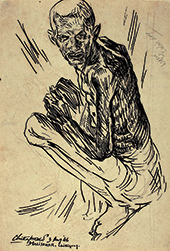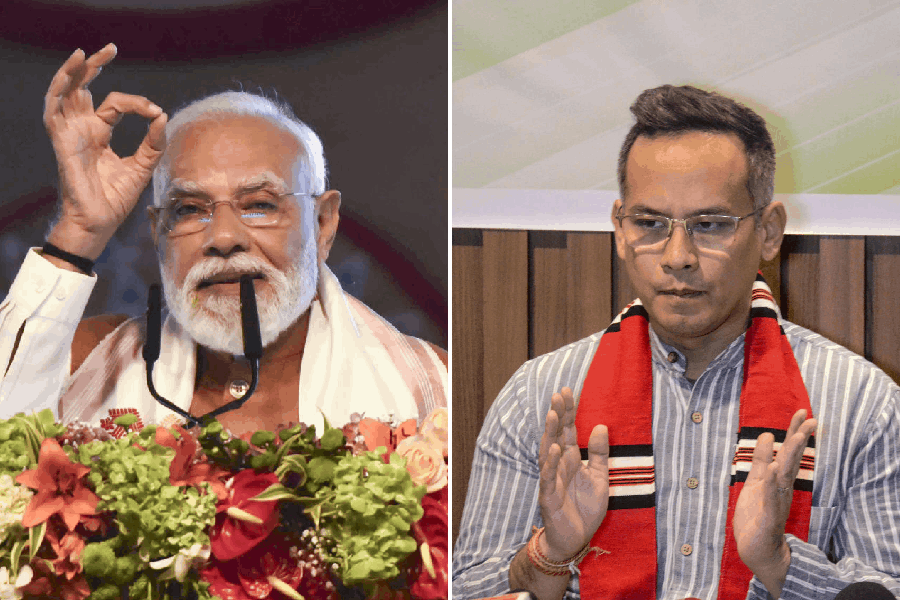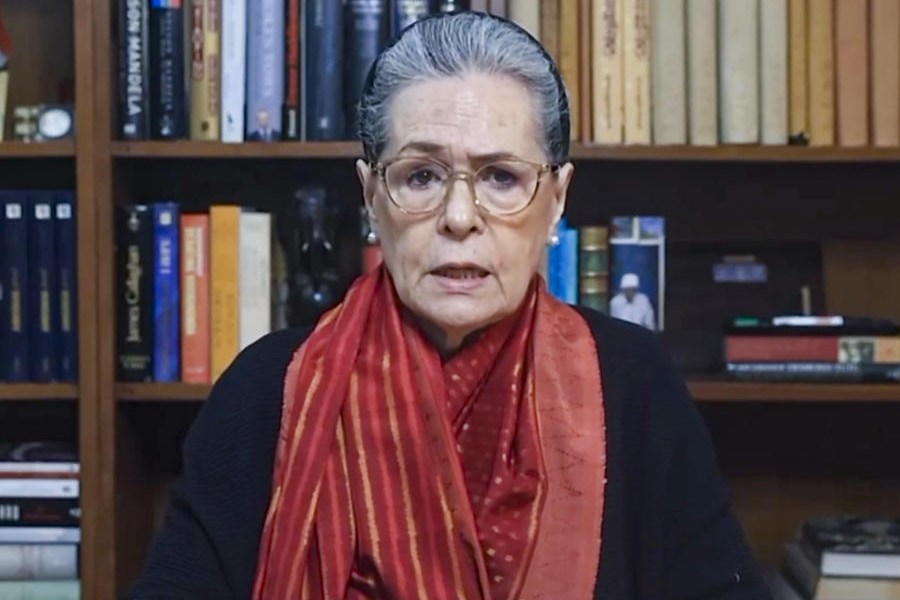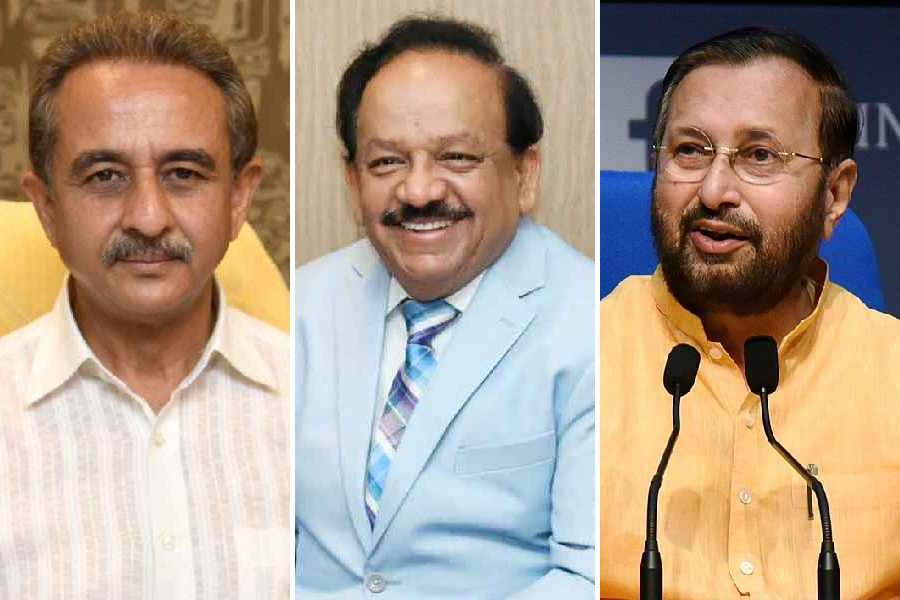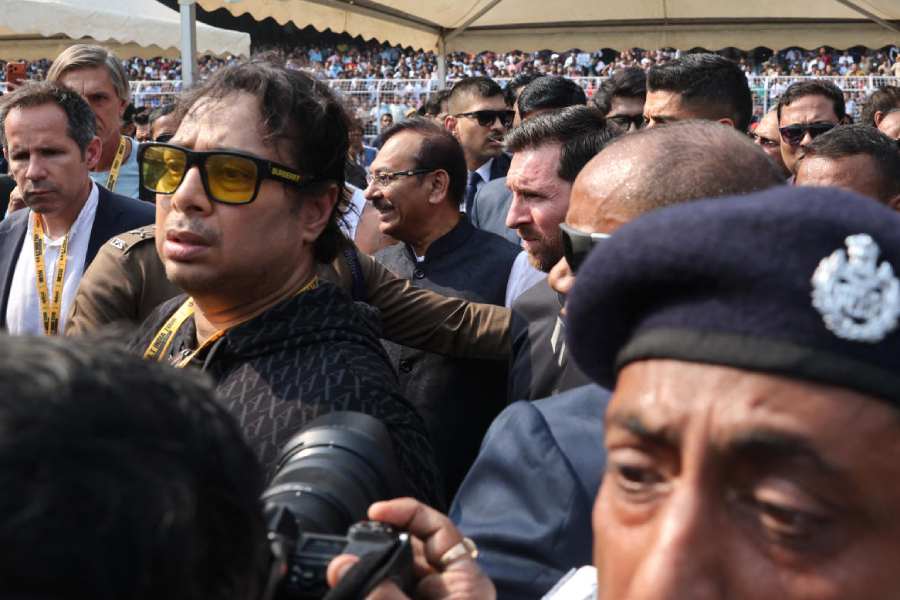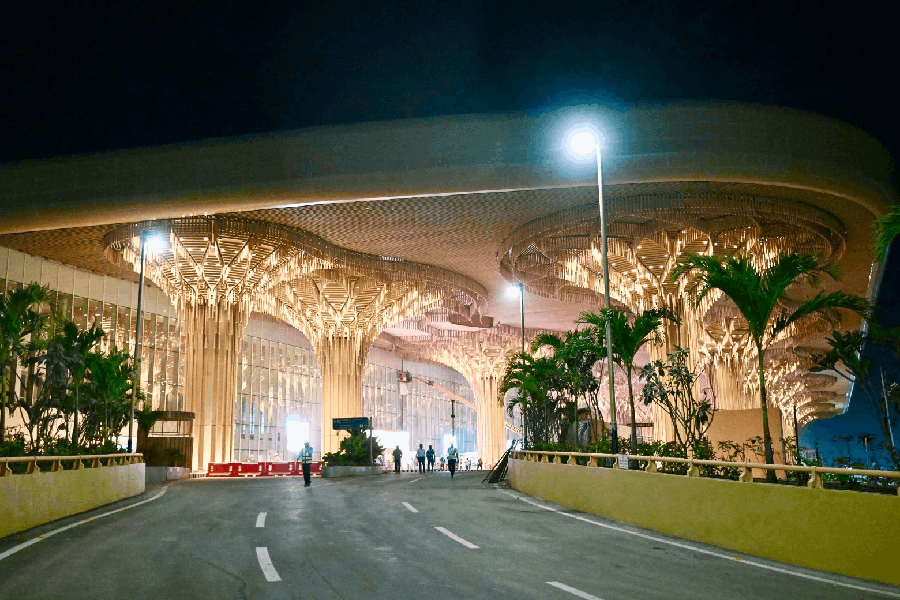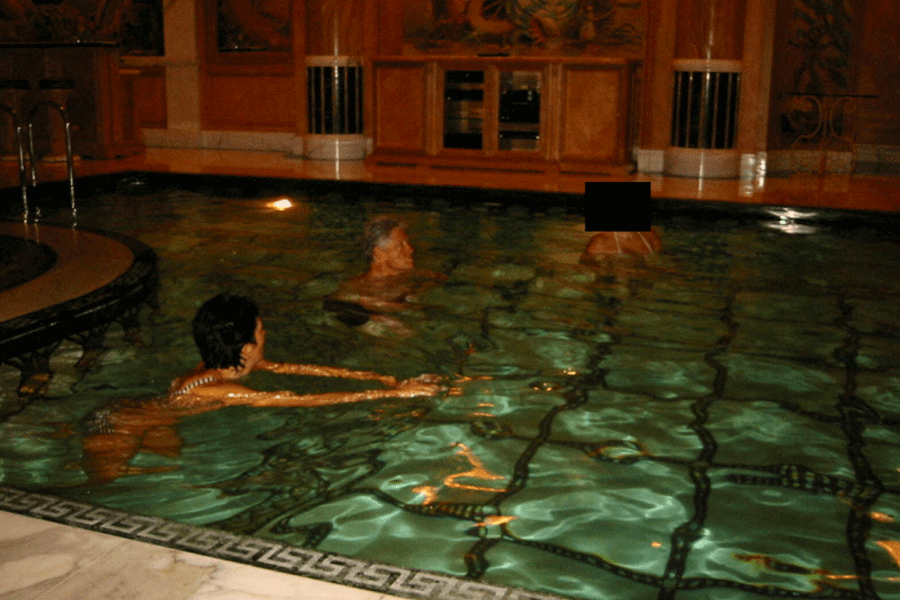 |
| Chittaprosad’s sketch of a man, whose family was ostracised after he was suspected of having contracted syphilis at Halisahar, Chittagong |
The nightmare of the man-made famine in Bengal in 1943 made such a lasting impression on the psyche of the people of this state that over the years its horrors continued to revisit the films, literature and art made here. Somnath Hore, Gobardhan Ash, Zainul Abedin and Chittaprosad Bhattacharya are the artists who had documented the Bengal famine, capturing its devastation in terms of human life in gruesome detail.
While Somnath Hore became a celebrated sculptor and printmaker, and exhibitions of the works of Gobardhan Ash and Zainul Abedin are not entirely unknown, little indeed is seen of Chittaprosad. The last time some of Chittaprosad’s work was seen in Calcutta was in 1993 when an exhibition was organised to observe the 50th anniversary of the famine. After all these years, this is the first time that a retrospective of Chittaprosad organised by Delhi Art Gallery is being held at the Birla Academy of Art & Culture. It is a large exhibition and it is well curated too, giving viewers a clear idea of the artist, who lived the last years of his life in penury and died in 1978. Apart from his works, it has a timeline and some memorabilia and newspaper clippings to create a composite picture of the artist and his work.
This is supplemented by a 15-minute film titled Confession made by the Czech filmmaker Pavel Hobel in 1972 when he came to cover the Bangladesh liberation war. It shows Chittaprosad, born at Naihati in 1915, as a wasted man, still with a remarkably sensitive face, and handsome in a way that only upper caste Leftist intellectuals of those times like Manik Bandyopadhyay could be.
The gallery has published five substantial volumes on the artist researched by Santiniketan-based art historian Sanjoy Kumar Mallik. The first two are on the artist’s art and life, the third on his political sketches and the fourth carries the letters he wrote to friends and family. A fifth book reproduces in full the only surviving copy of the pamphlet Hungry Bengal, all copies of which were burnt by the British after it was originally published in 1943. Chittaprosad had written an eyewitness account of the famine in Midnapore that was published in it.
Chittaprosad’s was a remarkable life. He studied at Chittagong Government College and was a self-taught artist. In the early 1940s he joined the Communist Party of India and worked as an artist for its publications and propaganda till 1948. In 1943 he travelled through famine-ravaged Bengal, when he made his series of black-and-white drawings of the starving and diseased victims that still unfailingly shake us by their stark depiction of these human beings who have suffered extreme deprivation.
In the late 1940s, Chittaprosad dissociated himself from the Party but his political commentary continued through his linocuts and cartoons, Uncle Sam and corrupt politicians and businessmen being his predictable targets. In the 1950s, he moved to Bombay and did innumerable illustrations for children’s books and also the poster of Bimal Roy’s Do Bigha Zamin. He died in Calcutta in 1978.

